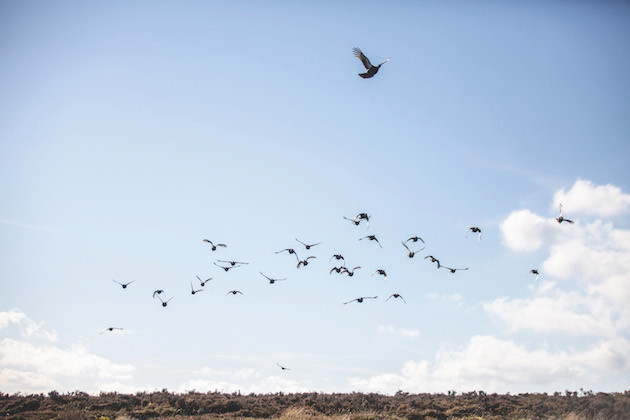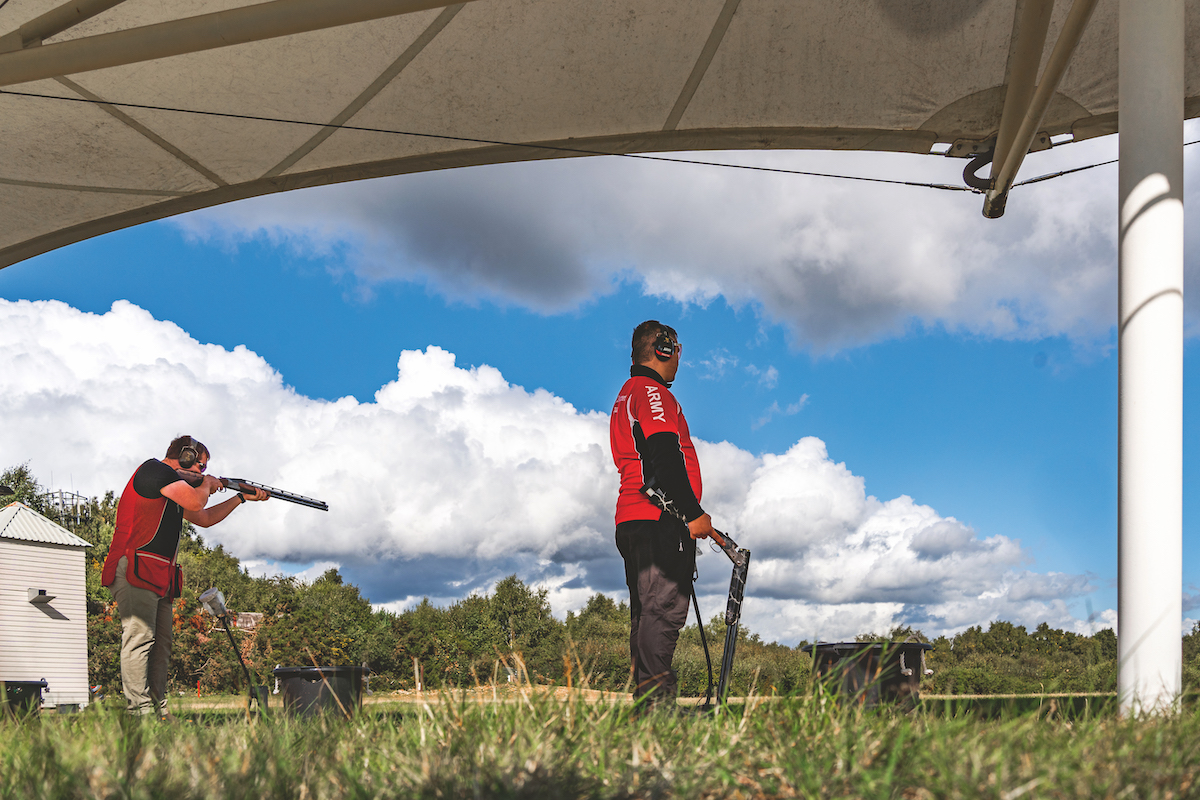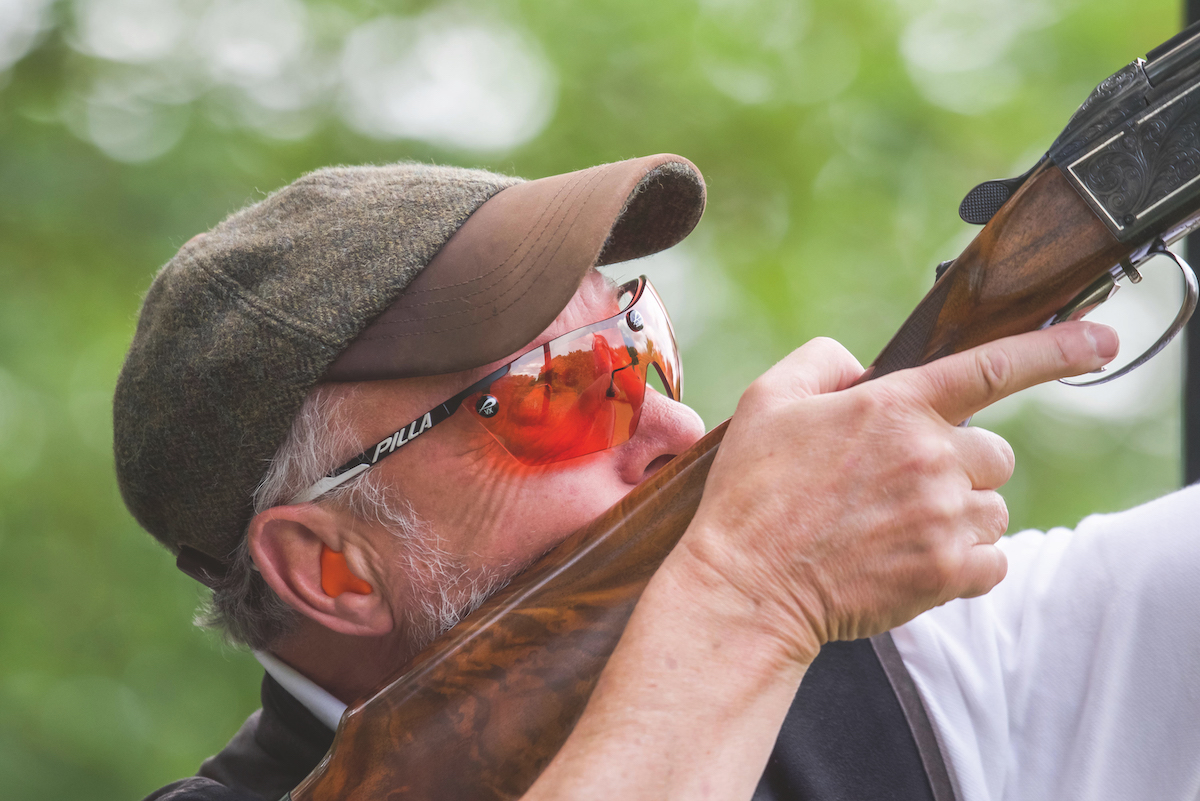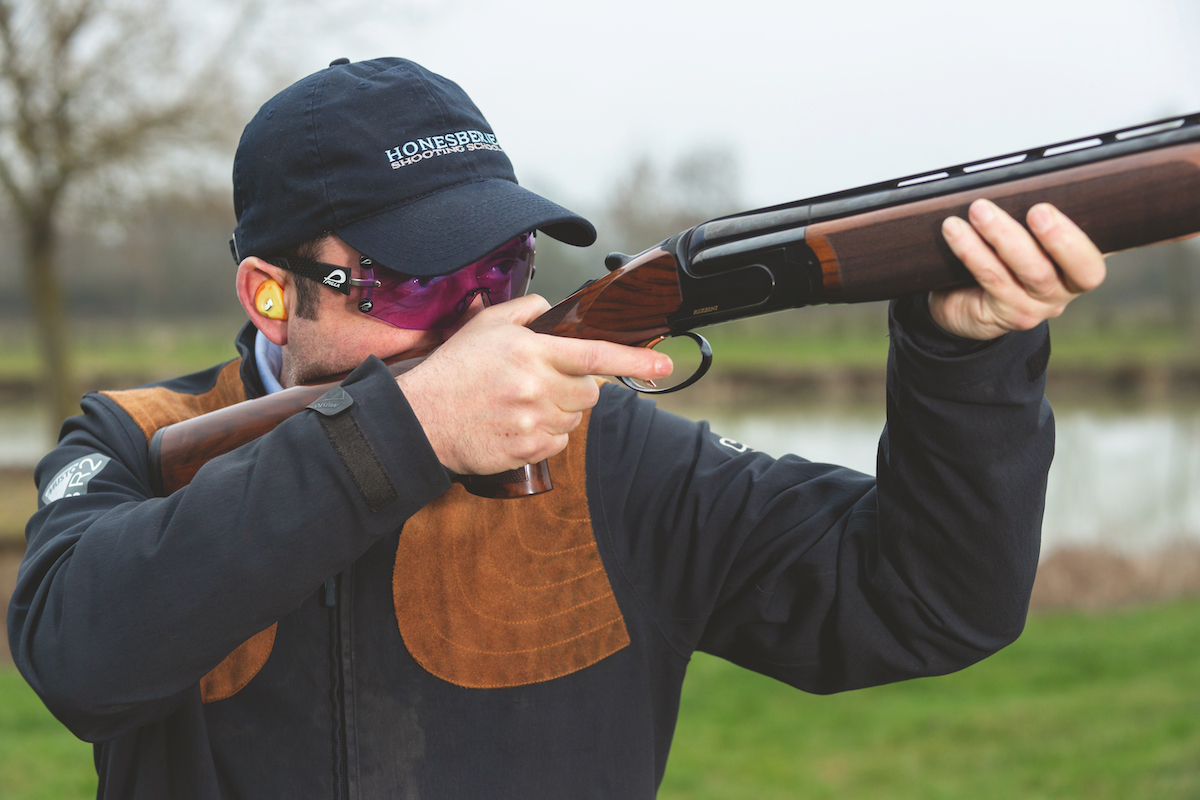How top Shots minimise misses
Tom Payne reveals the tricks to great shooting he has learned from watching some of the true masters of our sport in action

'Browning' a covey, as practised by one grouse great, is not something you should ever teach, but it was amazing to watch
Shoot on a wing beat

Line is critical with all game; on high, curling cock pheasants it is best to start further behind the bird than you normally would
Hens only at 40-plus yards

It is vital to work your window, whether you are shooting partridges or pigeon








